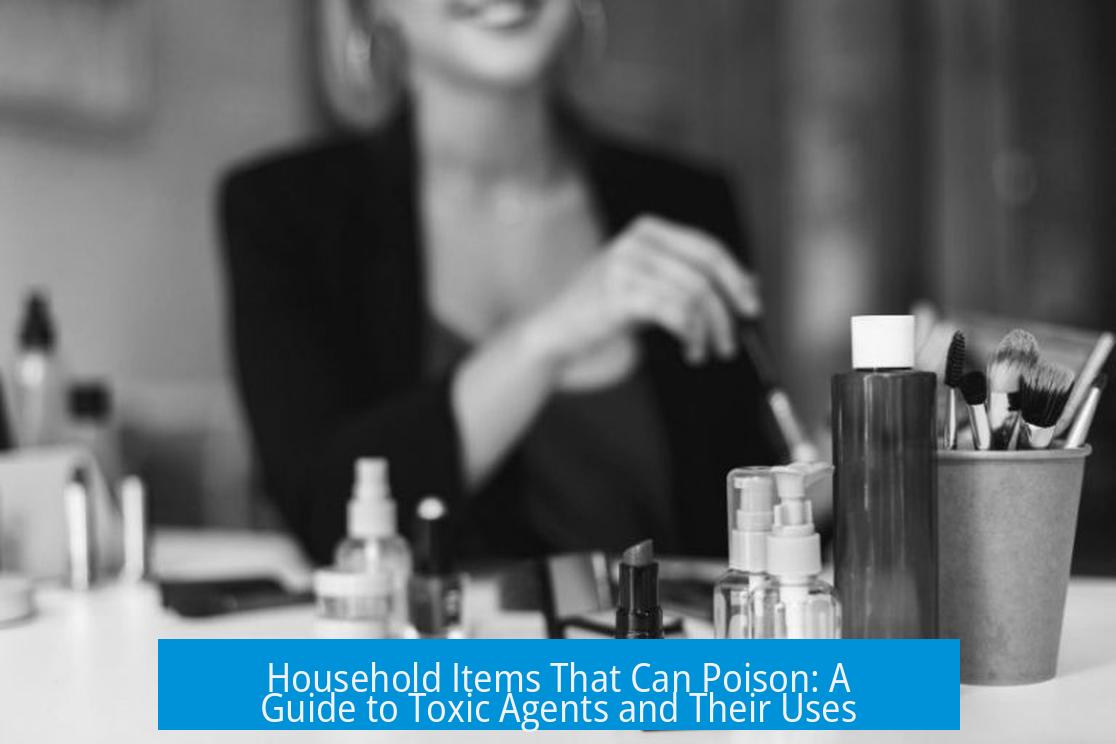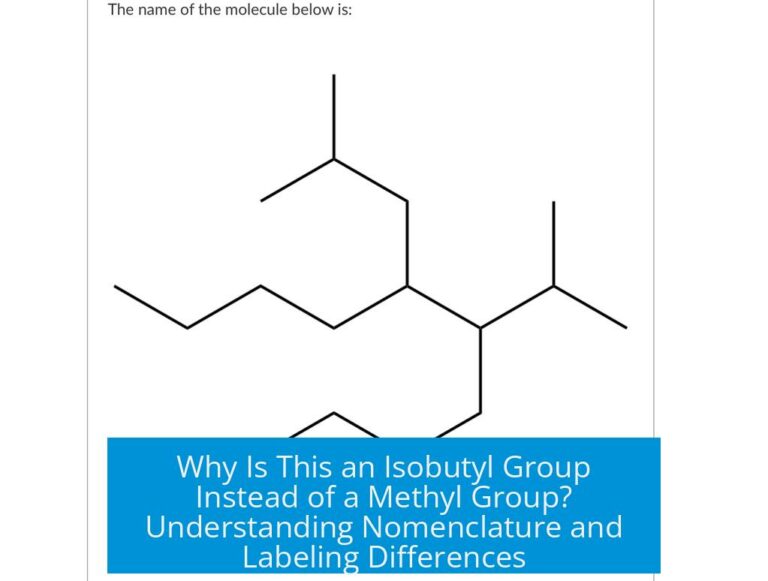Household Items That Could Be Used to Poison Someone
Household items capable of poisoning someone include automotive antifreeze, mouse poisons, certain medications like digitalis and insulin, common chemicals such as drain cleaners and insecticides, toxic plants and mushrooms, and biological toxins like ricin and botulism. Each has varying effects, onset times, and modes of administration that affect their suitability in a poisoning plot.
Automotive and Pest Control Poisons
Automotive supplies and pest control products contain chemicals that can be lethal in sufficient doses.
- Automotive antifreeze: Contains ethylene glycol, which is toxic if ingested. However, its sweet taste requires masking. The poison acts relatively slowly.
- Mouse poisons: A variety of rodenticides are available, often anticoagulants or neurotoxins. Many require time before symptoms manifest, limiting immediate effectiveness.
- Household insecticides: Such as malathion, especially if combined with dimethyl sulfoxide (DMSO), absorb rapidly through the skin and enter the bloodstream quickly. DMSO’s property as a carrier enhances poison delivery when applied topically.
Medications From The Medicine Cabinet
Common medications can also be toxic when misused.
- Digitalis medication: Derived from foxglove, digitalis overdose causes life-threatening cardiac effects. Ground into food, it can act quickly and dramatically. A realistic scenario might involve a character with access to cards or medications for heart conditions.
- Insulin: Excess insulin administration induces hypoglycemia, which can be fatal if untreated. Rapid effects make it potent, but access and dosing must be plausible.
- Paracetamol (acetaminophen): Toxic in large amounts but acts slowly, limiting use for rapid poisoning in fiction.
- Eye drops: Some contain compounds that are harmful if ingested but are generally less lethal and less commonly used.
Chemicals and Cleaning Agents
Cleaning products and household chemicals sometimes harbor strong poisons.
- Drain cleaners: Typically containing caustic soda (sodium hydroxide) or sulfuric acid, these agents cause immediate tissue damage. Oral ingestion leads to rapid, painful injury and likely death within minutes.
- Corrosive acids and bases: Can be dangerous if ingested, attacking tissues and organs. Their instant effects are often violent and easily detectable.
- Chlorine gas: Generated by mixing certain cleaning products, chlorine gas is highly toxic but cannot be administered through food or drink. It requires inhalation, making it less practical for covert poisoning.
- Malathion with DMSO: The combination allows rapid systemic absorption, causing severe poisoning even from topical exposure.
- Fish tank cleaners: Some contain hydroxychloroquine, a drug with potential toxicity in high doses.
Natural and Botanical Poisons
Plants, seeds, and fungi provide sources of toxins commonly known in folklore and history.
- Nutmeg: Ingested in very large quantities, nutmeg can produce toxic and hallucinogenic effects over several hours.
- Castor beans: Contain ricin in their outer coat, an extremely potent toxin. Extraction is complex but poisoning by ingestion is deadly.
- Mushrooms: Certain wild or cultivated species are toxic and can cause rapid poisoning. They can grow in indoor humidity-controlled environments, such as bathrooms.
- Datura seeds: Contain tropane alkaloids causing delirium and anticholinergic poisoning; effects are slow and evident.
- Unwashed poppy seeds: May harbor opium alkaloids like morphine and codeine, potentially lethal in large doses.
Other Toxic Agents and Concepts
Additional ways to poison someone can involve biological toxins or indirect mechanisms.
- Ricin: A potent plant toxin with a bitter taste similar to coffee. While extraction in a household setting is unlikely, it is a classic poison in fiction.
- Allergic reactions: Triggering a severe allergic reaction can simulate poisoning; it is oftentimes quick and less detectable.
- Laxatives and emetics: These induce illness but are rarely fatal and thus serve more as irritants than poisons.
- Botulism: Caused by toxins in contaminated food, particularly improperly canned or spoiled items. The toxin quickly causes paralysis and death. This method is plausible for involuntary poisoning.
Considerations for Poisoning in a Household Setting
| Poison Source | Onset Speed | Detectability | Plausibility |
|---|---|---|---|
| Antifreeze | Slow | Taste noticeable | Moderate |
| Digitalis | Fast | Can mimic heart attack | High in certain contexts |
| Drain Cleaner | Immediate | Obvious damage | Low for subtle poisoning |
| Mouse poison | Moderate | Variable | Common but slow |
| Mushrooms | Fast | Can be masked in food | High if accessible |
Plot Development Ideas
Incorporating household poisons into a narrative involves balancing realism and dramatic impact.
- Using digitalis medication provides dramatic and fast effects, fitting plotlines involving medical knowledge or heart condition cover stories.
- Botulism poisoning offers an involuntary, frightening cause of death from spoiled food, adding mystery and tension.
- The topical application of malathion mixed with DMSO is a subtle but deadly method, ideal for stealthy poisoning.
- Drain cleaner causes immediate, violent effects, suitable for crime of passion but less for subtle poisoning.
- Natural poisons like toxic mushrooms or ricin-containing castor beans enhance authenticity where access to natural environments is needed.
Summary of Key Points
- Automotive antifreeze, mouse poisons, and insecticides contain accessible toxins but often act slowly or have detectable taste.
- Medications such as digitalis and insulin offer rapid, potent effects suitable for detailed plots involving medicine.
- Strong household chemicals like drain cleaners cause immediate damage but raise suspicion.
- Botanical poisons and toxic mushrooms provide natural, sometimes rapid-acting toxins for more exotic poisoning methods.
- Biological toxins and allergic reactions create plausible and less detectable poisoning scenarios.
What common household poisons could be quickly lethal if mixed with food?
Drain cleaners with sulfuric acid or caustic soda act fast. They cause severe burns and death within minutes. Digitalis overdose and insulin could also produce rapid, life-threatening effects when disguised in food.
Can household insecticides be used as poisons through skin contact?
Yes. Malathion combined with DMSO penetrates skin and enters the bloodstream quickly. This mix could be fatal if applied topically, especially if unnoticed before absorption.
Are natural household items like plants or spices effective poisons?
Yes. Castor beans contain ricin, a potent toxin. Toxic mushrooms, nutmeg in large amounts, and datura seeds are also poisonous but vary in speed and symptoms.
Is rat poison effective for quick poisoning at home?
Rat poison is common but usually slow-acting. It can take time before symptoms appear, making it less ideal for sudden poisoning scenarios.
Could allergic reactions be used as a method of poisoning in a household setting?
Allergic reactions could cause fast, severe effects and may seem accidental. They’re hard to detect and can provide a subtle yet effective poisoning method.





Leave a Comment